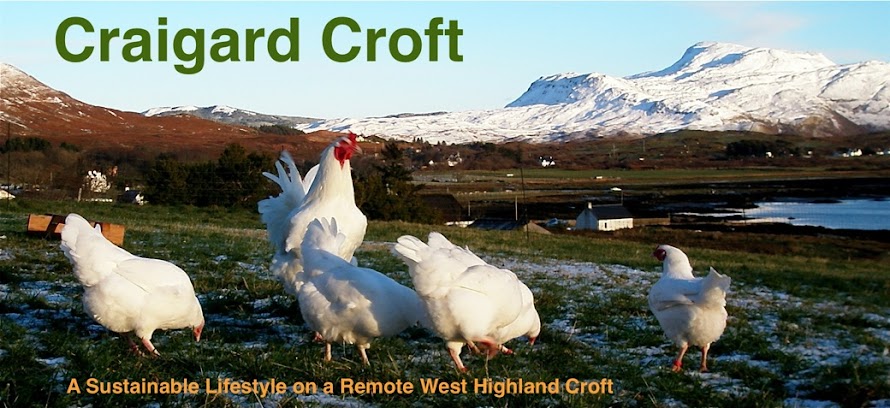The biggest single cost in domestic or commercial egg production is hen food. Layers pellets have been formulated to supply all of the energy, protein, mineral and vitamin needs of the laying hen; assuming the hen is kept in a cage. But my hens spend most of the day foraging for animal and vegetable material so there must be scope for reducing the feed cost, or so I thought.
 |
| Layer's pellets |
In the literature on poultry behaviour and nutrition there is convincing evidence that given a choice of feeds then hens will select a diet that adequately meets their nutritional needs, that they exhibit, "nutritional wisdom".
So.... I thought that if I offered the hens
ad lib access to layer's pellets high in energy, protein, minerals and vitamins alongside cheaper grain such as oats they would select their optimum diet and that it would be cheaper than layer's pellets alone.
 |
| Mixed grain - wheat, maize and oats |
Not so! Its hard to believe but straight grain is actually more expensive than scientifically formulated and manufactured layers pellets. Layer's pellets cost 46.6p/kg , mixed grain 46.9p/kg and oats 50.5p/kg.On close examination the grains in the "mixed grain" are the poorest quality; small, shrivelled and cracked so it must be highly profitable to sell this at the same price as layers pellets. I can't think of any other reason why a manufactured product with imported ingredients, expensive processing and computerised formulation costs less than a basic raw material which is largely unchanged after it leaves the combine harvester here in Scotland?
I may have to go back to mincing and cooking domestic vegetable waste in a big iron pot; bread, potato peelings and cabbage, to reduce the feed bill.










